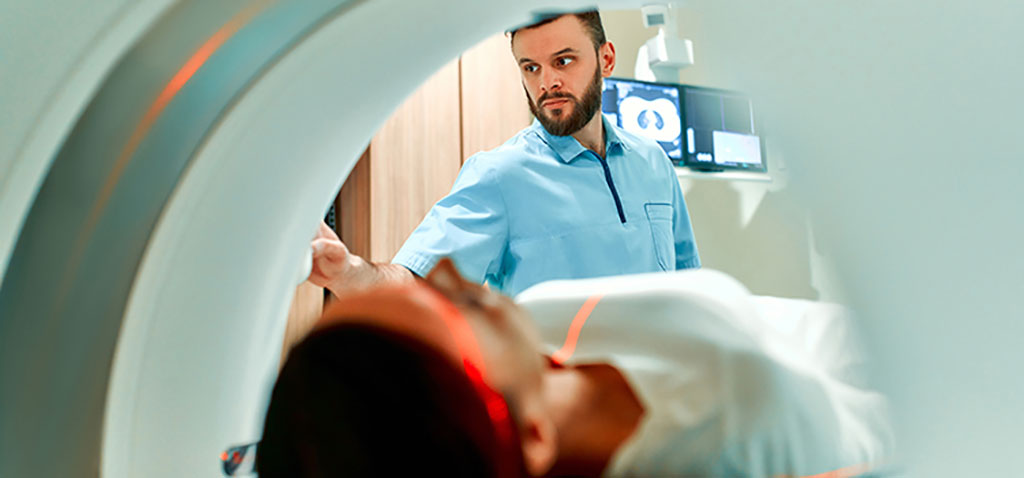4D Flow MRI Scans Could Revolutionize Diagnosis of Patients with Heart Failure
Posted on 28 Jun 2022
Researchers have developed cutting-edge imaging technology to help doctors better diagnose and monitor patients with heart failure. The state-of-the-art technology uses magnetic resonance imaging (MRI) to create detailed 4D flow images of the heart. The 4D heart MRI scan takes just six to eight minutes and can provide precise imaging of the heart valves and the flow inside the heart in three-dimension, helping doctors determine the best course of treatment for patients.
A new study by researchers at the University of East Anglia (Norwich, Norfolk, UK) has shown how this non-invasive imaging technique can measure the peak velocity of blood flow in the heart accurately and precisely. The researchers tested the new technology on 50 patients with suspected heart failure who were assessed using both echocardiography and the new advanced 4D flow heart MRI. The researchers developed prototype software to automate the process of measuring the peak velocity of blood flow inside the heart. The team hopes their work could revolutionize how heart failure is diagnosed.

“In our study, we used one of the most cutting-edge methods of flow assessment inside the heart called 4D flow MRI,” said lead researcher Dr. Pankaj Garg, from UEA’s Norwich Medical School. “In 4D flow MRI, we can look at the flow in three directions over time - the fourth dimension. We applied automated methods to hunt for the peak velocity in the chamber of the heart and showed that it is similar to echocardiography assessment, but with much greater precision.”
“This work is very important because the heart’s inability to relax leads to a rise in pressures inside the heart, and this causes heart failure with preserved ejection fraction,” added Dr. Garg. “Peak velocity of the blood flow inside the heart is a very important assessment for patients, and our findings show that by using a state-of-the-art 4D flow MRI imaging, we can do this accurately and with a high degree of repeatability. This advanced imaging offers an alternative to ultrasound methods and may even be better than ultrasound in the future.”
Related Links:
University of East Anglia














